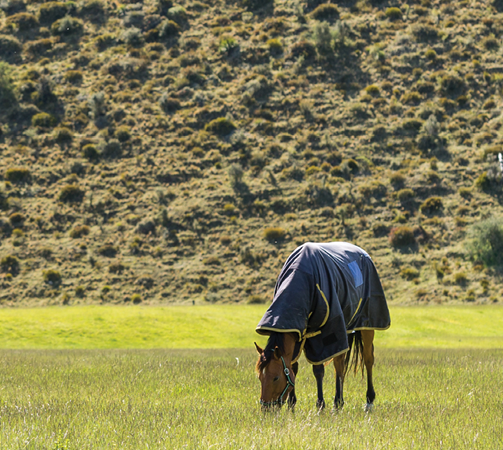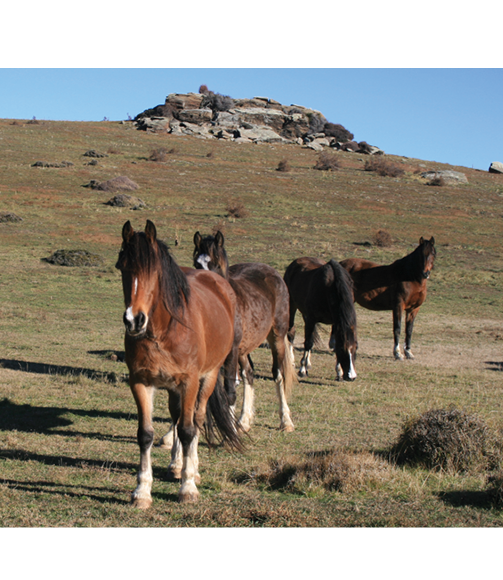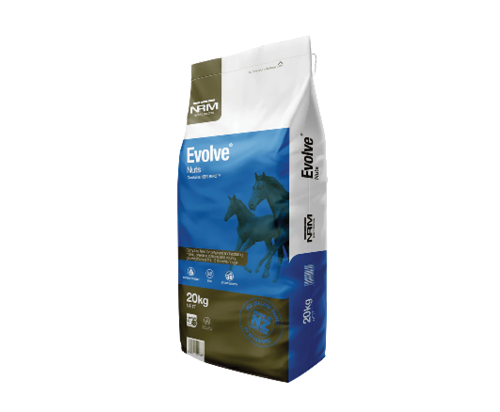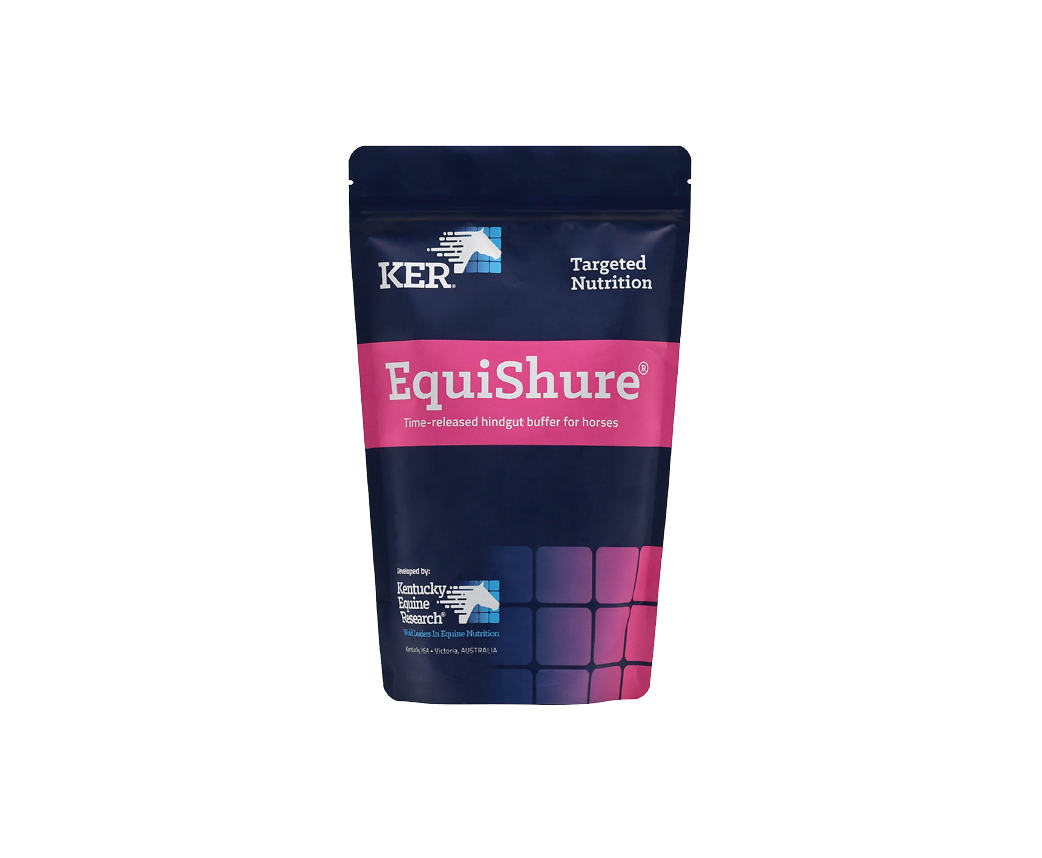

Feeding for a Healthy Biome
Words by Luisa Wood – Equine Nutritionist
The health of a horse’s digestive tract is paramount to the way they feel and ultimately the way they perform, grow and breed.
Information around the equine digestive tract and how to keep it healthy is readily available in the horse community and ‘biome’, ‘hindgut balance’ and ‘microbiota’ have become popular buzz words and phrases. Often these words are used by feed and supplement companies to promote products and describe gastrointestinal health. Understanding these phrases and how the digestive tract functions is essential to managing it correctly and ensuring optimum overall health.
The horse’s biome, or microbiota, refers to the bacteria, fungi and protozoa that reside in the equine caecum and large intestine, also called the hindgut. The primary role of these microbes is fermentation of fibre, and they convert carbohydrate-based contents, especially plant-based fibre, into volatile fatty acids (VFA) which provide energy to the horse.
Although the importance of the biome is widely appreciated, experts suggest that our knowledge of how this complex ecosystem develops in foals remains unclear. Optimum biome development in foals is crucial and the microbial balance in a new-born foal is thought to help develop its immune system, establish the structure of the intestine lining, and assist in the foal’s ability to harvest energy from food. The microbial population that resides in the hindgut plays a vital role in health and disease; it is highly susceptible to imbalances caused by feed and management. For example, disruptions in the microbiota can lead to mild symptoms such as loose manure and behavioural changes, and if left untreated, can cause more serious implications such as colic and laminitis. The main cause of imbalances is through consumption of easily digestible carbohydrates such as starch found in grains, and sugars found in rich pastures.


If soluble carbohydrates, such as those found in large supply in grain meals, find their way into the hindgut some lactate might be produced. An overproduction of lactate can shift the pH of the hindgut to a more acidic state. When a drop in pH occurs, called hindgut acidosis, some of the beneficial fibre-digesting microbes die off which decreases digestive efficiency as a result. This can be avoided through limiting grain meals to less than 2.5kg for an average 500kg horse, and feeding grains processed through using heat and pressure to enhance foregut digestion.
Overconsumption of fructans, the storage sugars that accumulate in cool-season grasses, can also wreak havoc on the hindgut biome. Because fructans are resistant to digestion in the small intestine, they pass on to the hindgut, where they are fermented. Fermentation of fructans also changes the pH of the hindgut which, in turn, destroys beneficial bacteria and disrupts hindgut balance. Adopting a predominantly forage diet, avoiding rich pastures in susceptible horses and keeping grain meals small all helps to ensure correct microbial balance and a healthy biome.


